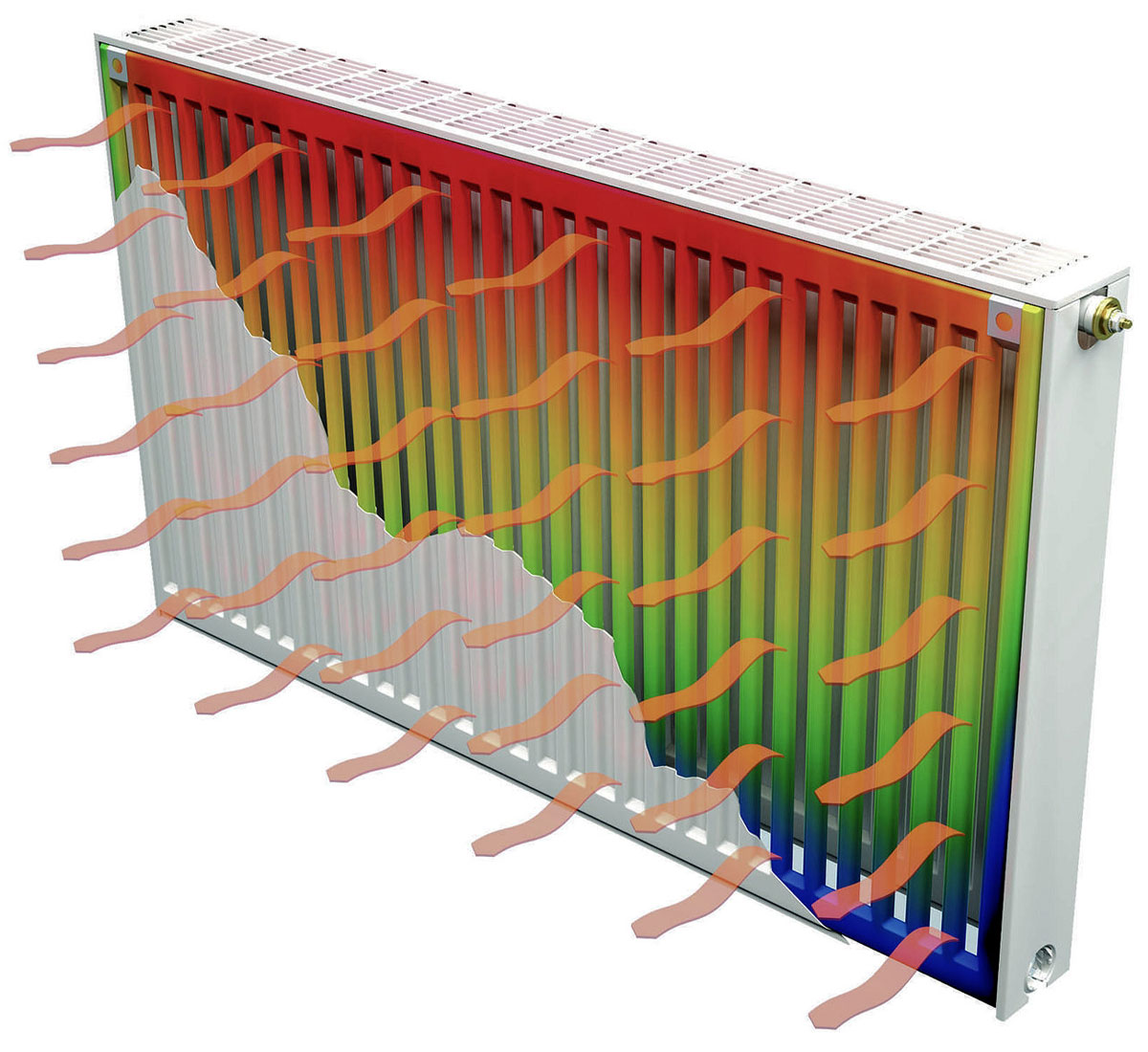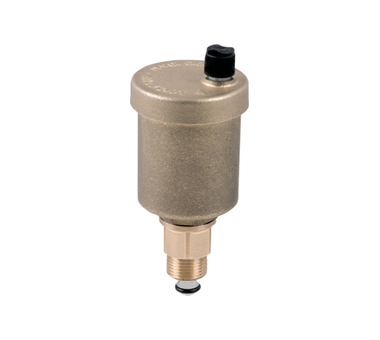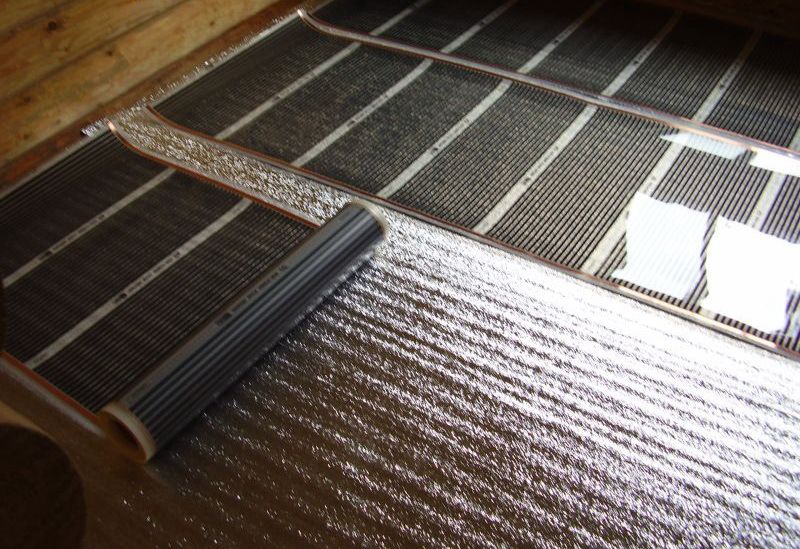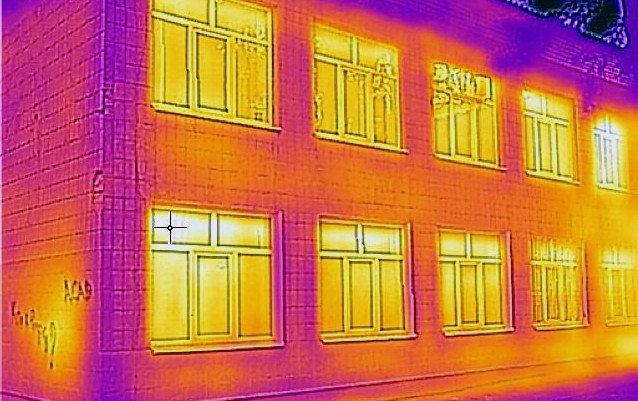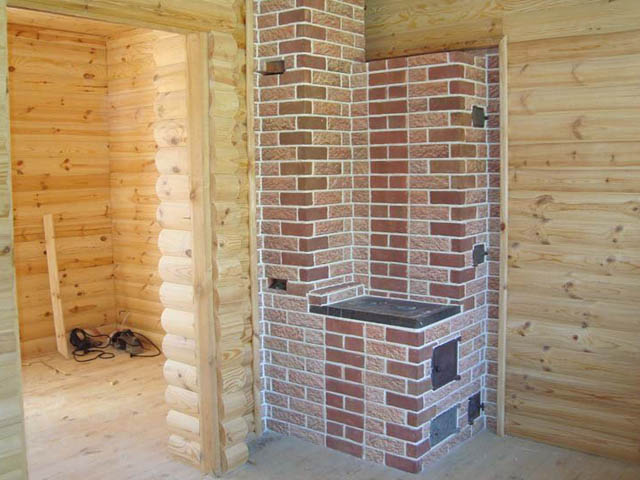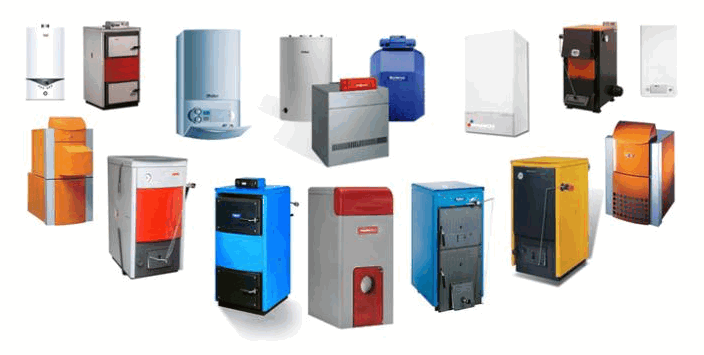The underfloor heating rod can be installed under a tiled floor covering or under a screed. From the point of view of organizing space, this system is good for the ability to rearrange pieces of furniture (there is no risk of damaging thin elements, as when using film options). Depending on the season and climatic conditions, it can be used for local heating or as main heating.
The principle of operation of a core underfloor heating
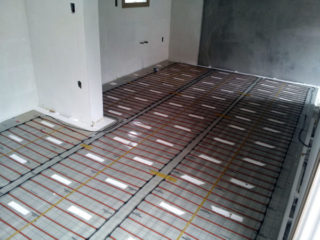
The main components of the structure are carbon rods mounted on a special mat. As in the case of film systems, the work of an infrared rod underfloor heating is based on the interaction of elements with an electric current. Heat waves are released in the process. Passing through the flooring, they are transferred to the bodies of the inhabitants of the house and to pieces of furniture.
As with other electrically powered underfloor heating systems, a temperature sensor and a temperature control unit must be installed when installing the rod system. The design can work without these devices, but they provide self-regulation and help save power. To warm up a square meter of area, it will take 20-160 watts, depending on the number and density of carbon elements.
Structure and properties
The design is based on rod-shaped elements, which, in addition to carbon, also contain copper and silver. They are interconnected by means of a highly flexible cable. When connected to the network, the rods are connected in parallel. The passage of electric current through carbon is accompanied by an intense release of heat. One of the features of the system is the dependence of the amount of released energy on temperature. When the floor heats up, less heat is generated.
The system equipped with temperature control allows you to control the consumed power indicator and save money on heating. In this case, the regulation of intensity occurs naturally. Continuous operation at one power accelerates the wear of the warm floor.
Advantages and disadvantages
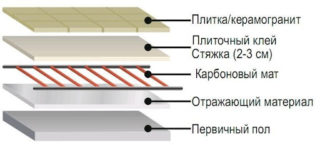
The core floor has good performance in terms of fire safety. Thanks to self-regulation, the surface is not exposed to overheating. The mat with rods tolerates heating up to 60 degrees Celsius. Other pluses of these floors:
- reducing energy consumption during the heating season is a side effect of self-regulation;
- the ability to operate with different types of external coatings - tiles, laminate flooring, linoleum;
- environmental friendliness of the parts included in the design, as well as the absence of electromagnetic rays, as a result - safety for the inhabitants of the dwelling;
- detachment from the layout of the room, the ability to mount under heavy cabinets and other pieces of furniture without harm to the mat and rods;
- resistance to moisture, which makes it possible to use the floor in the bathroom, and to corrosive damage;
- ease of installation for a person with basic construction skills;
- lightness, which excludes overloading of floors.
However, the design also has disadvantages.This includes the high price and zero mobility: the mat placed under the flooring cannot be moved anywhere without first removing the latter. In addition, it is forbidden to combine a warm floor with foil insulation materials. Reacting with the aluminum contained in the foil, the alkali creates conditions for damage to the core components.
When water hits the coating, heating is temporarily interrupted. It resumes after the moisture dries out.
Sometimes there is an ascription to the rod floor of the ability to saturate the air with ions. This is a publicity stunt that has no physical background. The rods are insulated from air masses by tiles or other coating. The flooring cannot ionize the air even when heated.
Laying a core warm floor with your own hands
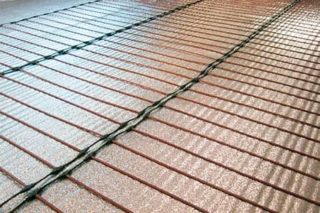
The styling procedure itself is simple, but takes a lot of time and consists of a large number of stages. First you need to choose a place where the heating controller will be located. A thermal sensor and wires from the mats themselves will be connected to it. The location should be convenient for the home owner. You can place the regulator next to the light switch. When installing in rooms with humid air, the device will have to be placed outside the served room.
It is necessary to prepare a plan for the placement of heating elements. In each of the rooms, areas are highlighted where it is not planned to lay the rods. For the remaining zones, a drawing is made showing the position of the elements. The distance to each wall should be at least 0.2 m. The rods should not intersect or touch each other. For most manufacturers, the canvases are 0.83 m wide.
The rolled up mat is placed on the floor and rolled out. Upon reaching the area requiring a turn, the wiring between the rods is cut with a knife. Having turned the mat 180 °, it continues to be rolled out in another area. This continues until the floors are completely covered. The joints are glued with tape. With its help, they create adhesion to the insulation.
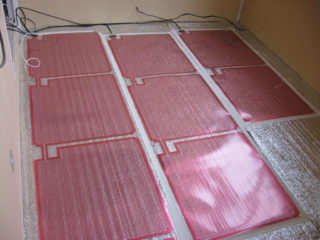
After spreading and strengthening the mats on the floor and making sure that the bond is strong enough, they begin to assemble the electrical circuit. To do this, use a building hair dryer. They heat a pipe made of heat-shrinkable material, into which the connector is placed. Then another tubular element is mounted and heated until a high-quality crimp of the clutch is achieved. Similarly, the electrical circuit is assembled to the end. Unsuccessful conductors must be insulated. For this, the tips supplied with the system are used.
When the electrical circuit is ready, mount the temperature sensor. For ease of disassembly and replacement, it is best placed in a corrugated hose. For inconspicuous installation, a recess is made in the screed. The body of the hose is placed in it and a thermal sensor is inserted. The conductors must be routed to the temperature controller and connected to suitable sockets. The power supply can now be applied. If there is a lack of skills in this area, it is better to use the help of a master electrician.
Before laying the floor covering, it is necessary to carry out a test switch-on and make sure that the installation is correct.
Laying under tiles
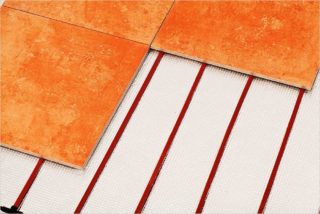
Decorative ceramic tiles are a popular choice of finishing materials for rebar floors. Laying of the coating is carried out according to traditional technology, but with observance of specific points. Adhesive for work can only be purchased specially designed for warm floors. The total thickness of the tile and adhesive layer must be at least 20 mm.
The use of the floor is permissible only after the mixture is completely dry. This should happen naturally. It is impossible to artificially heat the floor to speed up the process - this is fraught with a short circuit incident, as well as a violation of the integrity of the screed.
Manufacturers overview
Most of the carbon rod systems are manufactured by companies from South Korea. One of the popular products is Starke from the manufacturer DYS Tech, which specializes in different types of underfloor heating. There are floors from the GT-mat and Hotmat brands on the Russian market.
Unimat carbon floors are the most common in Russia. Two main products are positioned. The rated power consumption of the Boost system will be 133 W for each running meter. On the Rail variant, it is lower - 113 watts.
Rebar floors with carbon elements are attractive for their environmental friendliness and lack of reference to the layout of the room. They are compatible with many types of flooring.

